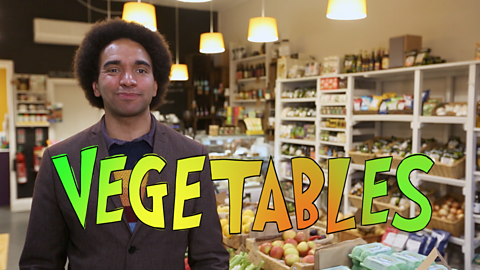Video summary
Poet Joseph Coelho explores the benefits and limitations of rhyme in poetry.
Using examples of different rhyming poems, such as limericks and clerihews, Joe shows us how to recognise and implement different rhyming structures in poetry.
He covers how rhyme influences the author's approach to drafting and redrafting; finding the perfect combination of rhyming words takes time and thought.
He introduces homophones and demonstrates how to distinguish them from each other, going on to explain how they can be used to create effective rhymes.
Teacher notes
Ideas for the classroom
Key Stage 1 (age 5-7):
Before watching:
Read Hey Letβs Go! by James Carter with the class
Do the children know what rhyme is? What it means when two words rhyme? Explain to the children that they are going to try and work out the words missing from the end of each rhyming couplet; a pair of lines from a poem where the final words of each line rhyme and complete a thought. Here, it is also important to point out that rhyming words are words that sound the same when spoken; they don't necessarily have to be spelt the same.
Read the first couplet, but do not say the last rhyming word. Encourage the children to chime in with the missing word. Can the children use their knowledge of traditional tales to help them guess the words. Does it rhyme? And does it make sense to complete the idea? Read the poem aloud all the way through now, encouraging the children to join in with the rhyming words as they arise.
After watching:
Provide the children with lots of examples of rhyming poetry, that they can select one from to develop for performance. One of the great things about rhyming poems is that it makes words easier to predict and therefore to learn a poem for performance.
Key Stage 2 (age 7-11):
Before watching:
Read A Little Bit of Food by Joseph Coelho. What do they notice about this poem? What do they notice about the words at the end of the second and fourth lines in every verse? Here, it is also important to point out that rhyming words are words that sound the same when spoken; they don't necessarily have to be spelt the same. What do they like about it? Do they have any questions about the poem? Are any of their favourite foods mentioned, for example? Ask the children about their experiences of rhyming poetry.
After watching:
Share with the children Clerihews by Roger McGough. Can they remember what a clerihew is from the episode? Look at the poem on the page. What do you notice about the verse? Is there a rhyme structure? How many lines does it have? Explore and experiment with names of different characters and rhyming words to build a rhyming story around the character. Show the children how to work this through. You might want to start by having part of a humorous story in mind, like a gardener who gets stung by a wasp while he is working. Show the children how to add detail and explore how to play with rhyme to tell their story. Work these ideas into a verse following the AABB rhyme pattern required by a clerihew as you go.
Encourage the children to choose a character they could write about and follow the same process, first brainstorming words and phrases, then, using some of these to form some couplets which could be worked into a poem and titled. Encourage the children to read their ideas aloud to see how they work off the page, and whether lines flow and maintain a rhythm before thinking of a title. Give time for the children to perform their own poems to each other.
This short film will be relevant for teaching English at primary school.
How to perform poetry. video
Joseph Coelho explores all the different ways you can perform a poem.
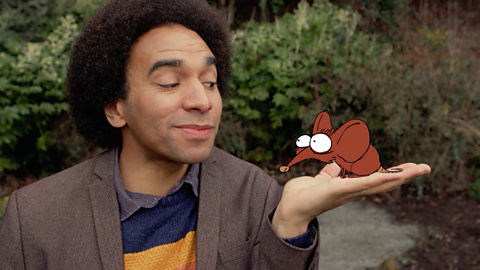
How to express yourself with poetry. video
Joseph Coelho explores the way we can express our feelings using poetry.
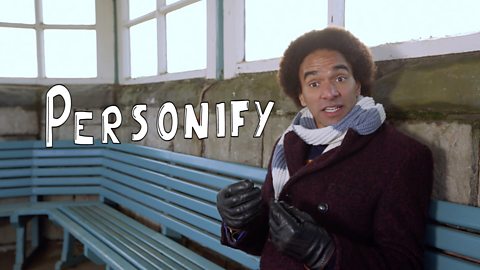
How to have fun writing poetry. video
Joseph Coelho explores onomatopoeia, phonics and all the ways you can have fun writing a poem.
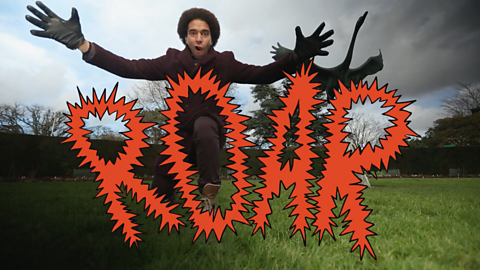
How to write poetry about your life. video
Joe Coelho explains how to write poetry about experience.
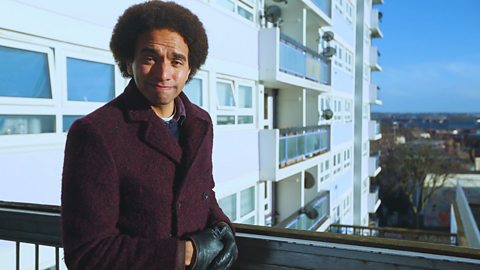
Playing with words. video
Joseph Coelho explores how poetic devices can enable children to develop their literacy skill.

How to understand a poem. video
Joseph Coelho looks at how poems make you feel and what they mean to you.
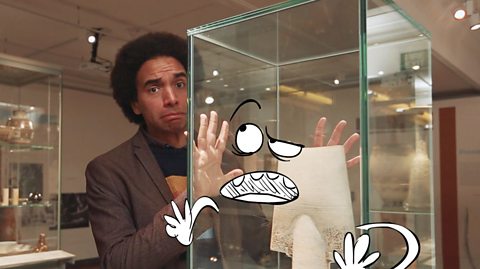
Poetry formats. video
Joseph Coelho explores haiku, limericks, sonnets and varying forms of poetry.
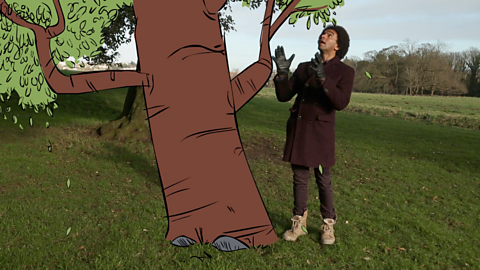
Making pictures with words. video
Joseph Coelho shows us how to utilise figurative and descriptive language to the best effect.
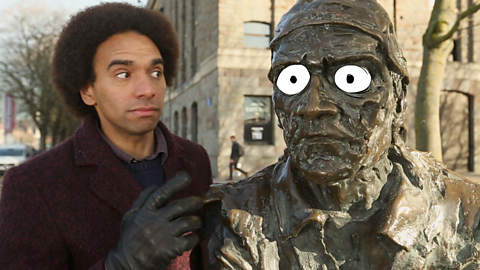
How are music and poetry connected? video
Joseph Coelho demonstrates how many of the elements that make up poems are often mirrored in music.
